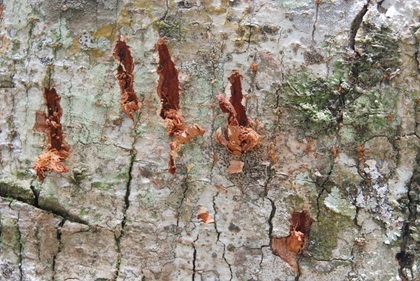Biology of Bears
|
Winter dormancy
Many bears of northern regions are assumed to hibernate in the winter. While many bear species do go into a physiological state called hibernation or winter sleep, it is not true hibernation. In true hibernators, body temperatures drop to near ambient and heart rate slows drastically, but the animals periodically rouse themselves to urinate or defecate and to eat from stored food. The body temperature of bears, on the other hand, drops only a few degrees from normal and heart rate slows only slightly. They normally do not wake during this "hibernation", and therefore do not eat, drink, urinate or defecate the entire period. Higher body heat and being easily roused may be adaptations, because females give birth to their cubs during this winter sleep. It can therefore be considered a more efficient form of hibernationbecause they need not awake through the entire period, but they are more quickly and easily awakened at the end of their hibernation. They have to stay in a den for the whole hibernation (Garshelis et al. 2009). Nature The nature of bears Biologically, bears are large-bodied members of the mammalian order Carnivora, family Ursidae. They evolved from smaller, tree-climbing, predatory ancestors (Miacids) about 25 million years ago. The Polar Bear is the largest bodied of the modern bear species and the largest non-aquatic carnivore in the world. Adult males may weight from about 350 to over 650 kg. (Stirling 1988). Most modern bears, including the Brown or Grizzly Bear (U. arctos), the American Black Bear and Asiatic Black Bear (U. americanus, U. thibetanus), the Sun (Honey) Bear (Helarctos malayanus), and the Spectacled Bear (Tremarctos ornatus), are dietary generalists, ingesting a variety of concentrated energy sources such as fruits, nuts, insects, fish, carrion, and mammals. Mammals such as Moose (Alces alces) and Caribou (Rangifer tarandus) are usually only killed when they are easy to catch, such as when crippled or newly born. Nutritious, and easy to digest green vegetation is also eaten, especially when more concentrated energy sources are unavailable. Others bear are Giant Panda and Sloth Bear. |
Copyright © Wildlife Trust of Bangladesh, 69/1 New Circular Road, Malibagh, Dhaka 1217,Phone: +88-02-9355576


